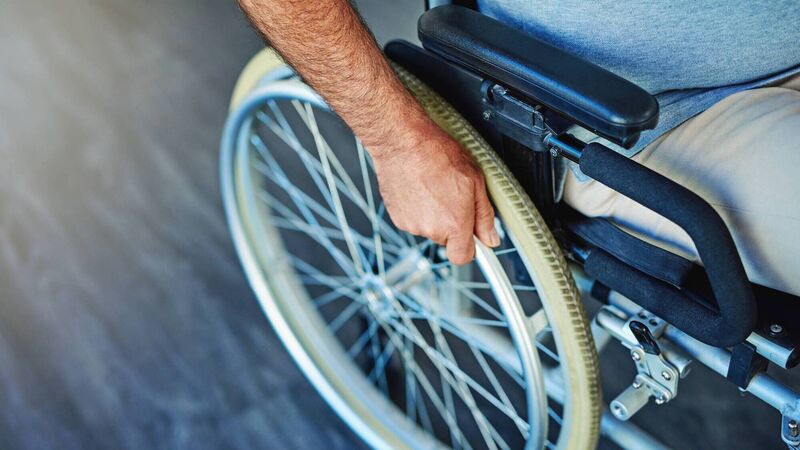Letters to the Editor: Disability services still a distant dream

It seems as if disability is perennially ditched to the margins of healthcare coverage.
Black Friday - Save 75%
SUBSCRIBEChildren’s Disability Services are, sadly, yet again under a very negative spotlight. Many national and local media conduits are covering the shameful dearth of therapeutic service delivery to some of the neediest scenarios prevailing anywhere in the country. It seems as if disability is perennially ditched to the margins of healthcare coverage, with a continuous lack of comprehensive and compassionate care coupled with appropriate therapeutic intervention being made promptly available. The current impasse is simply the newest incarnation of a permanently pervasive dilatoriness with the recently constituted Children's Disability Network Teams (CDNTs) on a hiding to nothing trying to deliver anything like an efficient service.
Having worked for many years as a clinical music therapist (MT) in learning disability and ASD therapeutic programmes alongside SLT and OT professionals, I’m keenly aware of the urgency of timely intervention. Child developmental and emotional/behavioural issues wait for no one, and require urgent amelioration. While the current stagnant CDNT service delivery impasse is totally regrettable, it is the direct result of a crazed bureaucratic swamp designed only to stymie any realistic delivery of appropriate practical services on the ground.
Newsletter
Sign up to the best reads of the week from irishexaminer.com selected just for you.

Select your favourite newsletters and get the best of Irish Examiner delivered to your inbox
Tuesday, December 2, 2025 - 7:00 AM
Tuesday, December 2, 2025 - 10:00 AM
Monday, December 1, 2025 - 10:00 PM
© Examiner Echo Group Limited